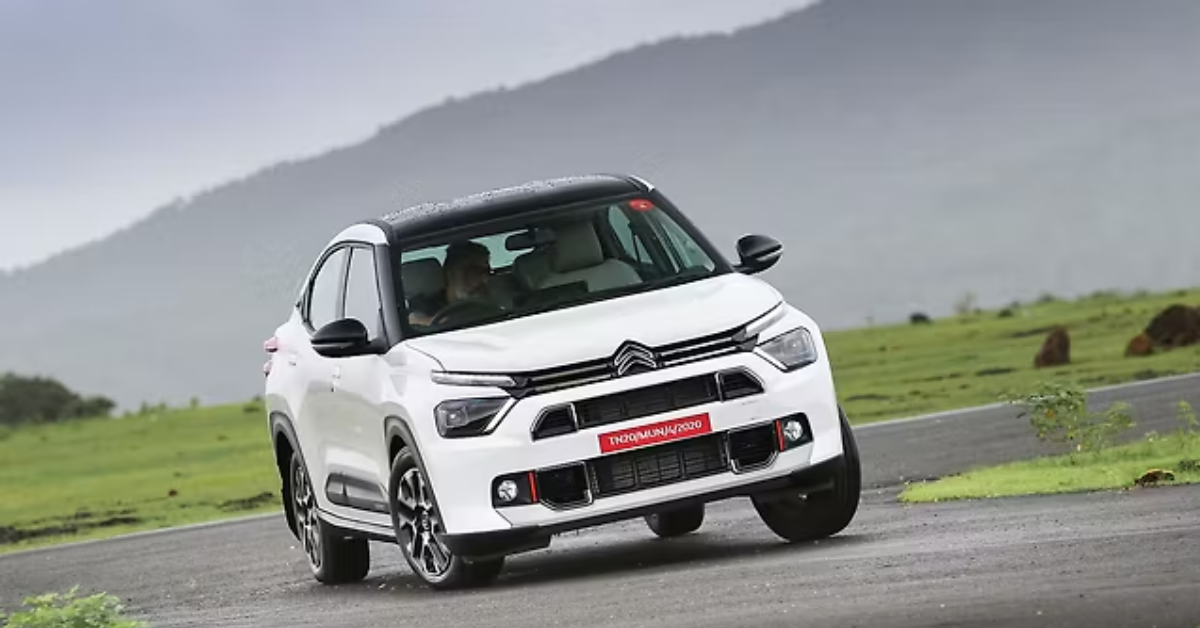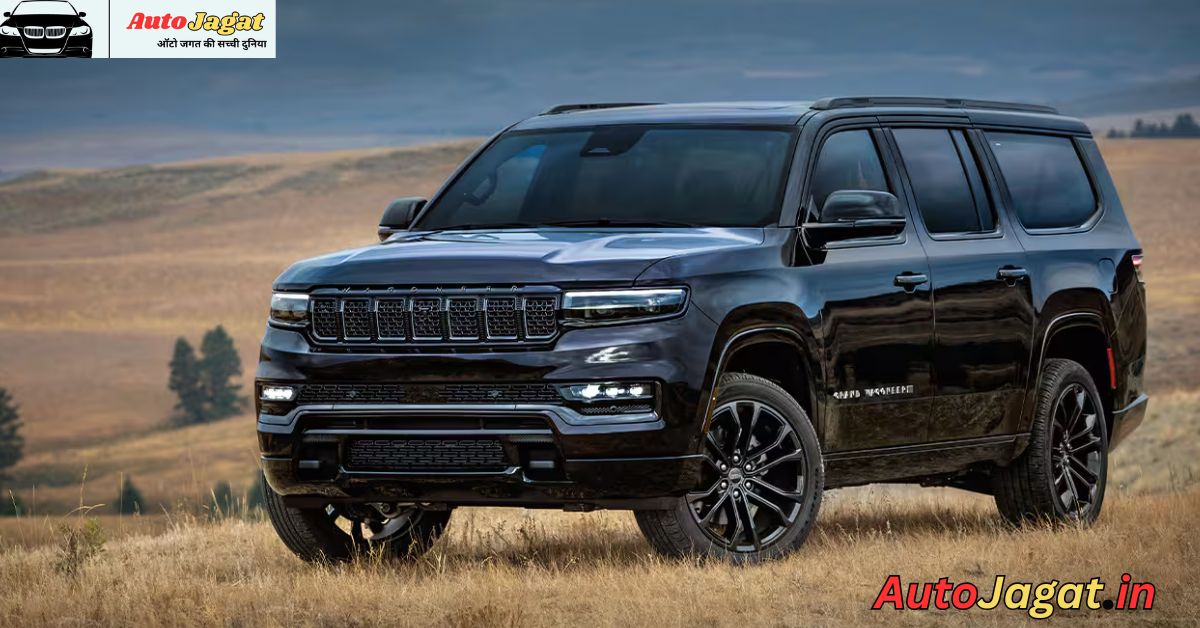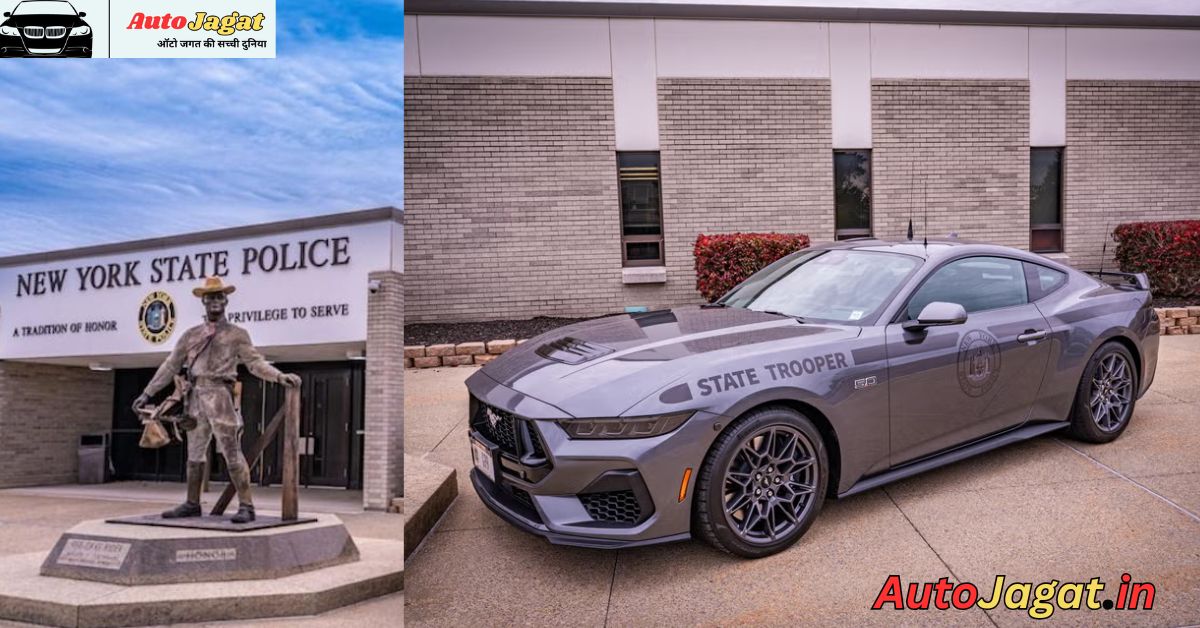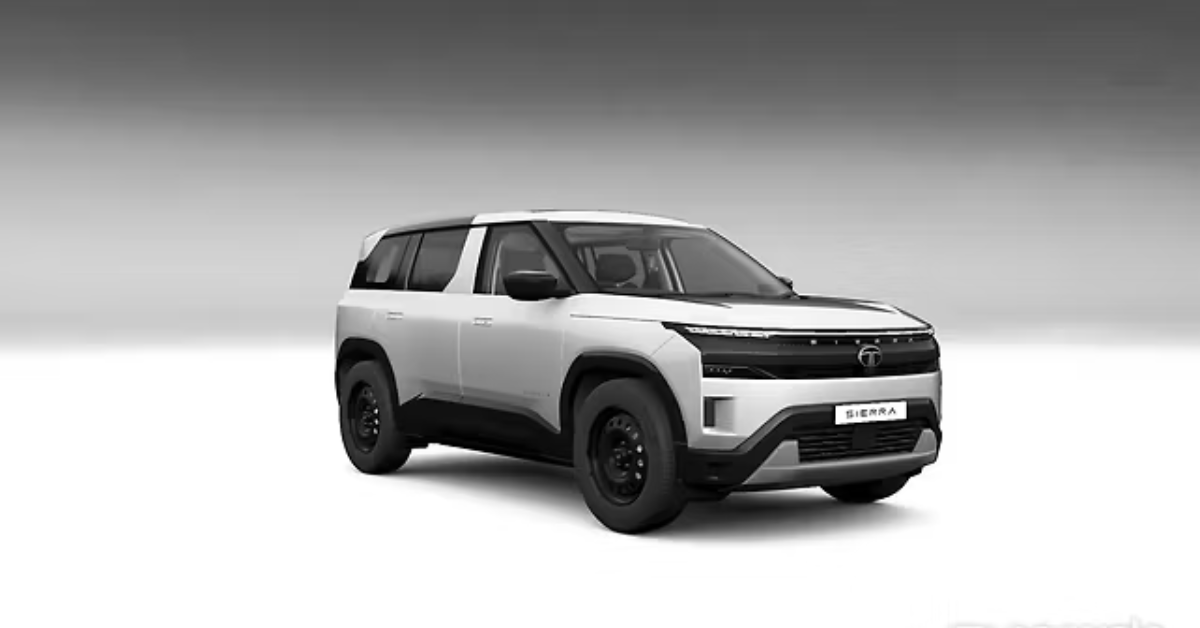The Indian automobile market is one of the fastest-growing and most competitive in the world, attracting global giants from every corner. In recent years, French automaker Citroën has made steady but modest progress in India, with models like the C3 and eC3 making an impression among value-conscious buyers. However, competition from brands like Hyundai, Tata, and Maruti Suzuki has kept Citroën’s market share relatively small.
Now, Citroën India has unveiled a bold new strategic plan for 2025 and beyond—a plan aimed at transforming its image, expanding its product lineup, and cementing a strong position in the hearts (and garages) of Indian customers. This strategy is designed not just to increase sales but also to build long-term brand loyalty.
Understanding Citroën’s Current Position in India
Before we dive into the new plan, it’s important to understand where Citroën stands right now. The company entered India in 2021 with the C5 Aircross premium SUV, followed by more affordable models like the C3 hatchback, C3 Aircross SUV, and the all-electric eC3.
While these cars have been appreciated for their comfort, ride quality, and European styling, Citroën’s relatively limited dealership network, low brand awareness, and lack of aggressive marketing have kept sales from reaching their full potential.
The Core Pillars of Citroën India’s New Strategic Plan
Citroën’s latest strategy focuses on four main pillars:
- Product Expansion and Customization for India
- Aggressive Network Growth
- Customer-Centric Service and Ownership Experience
- Digital Transformation and Marketing Revamp
Let’s break them down.
1. Product Expansion and Customization for India
Citroën has realized that Indian customers value affordable, feature-rich cars with low running costs. The new plan involves launching India-specific models, rather than just adapting global models.
- More SUVs: With SUVs dominating the Indian market, Citroën plans to bring new compact and mid-size SUVs that compete directly with Hyundai Creta, Kia Seltos, and Tata Nexon.
- EV Push: The success of the eC3 has encouraged Citroën to expand its EV lineup. Upcoming models will have longer ranges (400+ km), faster charging, and competitive pricing to rival Tata EVs and MG Comet/ZS EV.
- Feature Upgrades: Citroën will focus on premium interiors, advanced infotainment systems, and connected car technology to attract tech-savvy buyers.
- Make in India Focus: By increasing localization, Citroën can keep prices competitive while meeting Indian road and climate needs.
2. Aggressive Network Growth
One of Citroën India’s biggest weaknesses has been its limited dealer network, especially in Tier-2 and Tier-3 cities. The new plan addresses this with:
- Expanding showrooms from the current ~60 outlets to over 150 within two years.
- ‘Phygital’ retail model: Smaller ‘La Maison Citroën’ digital showrooms to reduce overheads while offering a premium experience.
- Mobile service vans to provide maintenance in remote areas.
This move will allow Citroën to reach customers where they are, instead of making them travel long distances to access showrooms or service centers.
3. Customer-Centric Service and Ownership Experience
In a market where word-of-mouth can make or break a brand, Citroën aims to offer a best-in-class ownership experience.
- Transparent pricing: Service and spare parts prices will be standardized and visible online.
- Extended warranties: Offering up to 5 years of coverage for new models.
- Buyback programs: Guaranteed resale value schemes to build buyer confidence.
- 24×7 roadside assistance with faster turnaround times.
Citroën also plans to introduce subscription-based ownership models, allowing customers to drive new cars without long-term commitments—a concept gaining popularity among young professionals.
4. Digital Transformation and Marketing Revamp
Citroën’s low visibility in India has been partly due to conservative marketing. The new plan shifts gears with:
- Influencer-led campaigns targeting millennials and Gen Z.
- Immersive brand experiences at malls, auto expos, and pop-up events.
- Augmented reality (AR) car previews so customers can visualize vehicles in their driveway before buying.
- Interactive mobile app for car booking, service scheduling, and real-time updates.
Citroën wants to be seen not just as a carmaker, but as a lifestyle brand—stylish, modern, and in tune with Indian youth.
Potential Challenges for Citroën India
While the plan is promising, execution will be key. Challenges include:
- Price Wars: Competing with aggressive pricing from Tata, Mahindra, and Maruti Suzuki.
- Brand Perception: Overcoming the “newcomer” tag in a market dominated by trusted brands.
- EV Infrastructure: Success of electric models depends on charging station availability.
Why This Plan Could Work
If executed well, Citroën’s new strategy can position it as a serious competitor in India. The focus on India-specific products, aggressive expansion, and customer delight is exactly what has worked for Hyundai, Kia, and MG in recent years.
Moreover, Citroën’s French design DNA and comfort-oriented engineering give it a unique selling point compared to more utilitarian offerings in the market.
Conclusion
Citroën India’s new strategic plan is not just about selling more cars—it’s about building a sustainable brand presence in one of the toughest automobile markets in the world. With the right product mix, aggressive marketing, and a relentless focus on customer satisfaction, Citroën could very well turn its modest beginnings into a success story in the next few years.
The Indian car buyer is evolving—looking for style, technology, and value in one package. Citroën’s challenge is to deliver all three while keeping prices competitive. If it can, 2025 might just mark the beginning of Citroën’s golden era in India.





